Comunitatea evreiască din Târgu Lăpuș
🇷🇴 Primii evrei au ajuns în Târgu Lăpuș undeva prin secolul al 18-lea. În anul 1857 în micuțul oraș trăiau 138 de evrei, în 1891 erau 425 de evrei, în 1920 804 iar la ultimul recensământ, cel din 1941, trăiau 717 evrei.
Comunitatea s-a înființat în anii 1820, însă sinagoga exista și anterior. În oraș exista o baie rituală, heidere particulare, școală Talmud-Tora. Printre primii președinți ai comunității îi putem menționa pe Meir Staszl, Jozsef Loger.
Primul rabin al comunității a fost Tzvi Hirsch Weisz Acesta a părăsit orașul în 1875, iar în locul său a urmat fiul, Mozes Weisz. În anul 1885 rabin devine un membru al familiei Teitelbaum, Mozes David Teitelbaum. Acesta a servit comunitatea timp de 50 de ani.
Ieșiva din Târgu Lăpus era frecventată de aproximativ 140 de bahuri, iar aici se învăța și o meserie, mai exact tâmplăria.
Evreii din oraș aveau activități în diferite ramuri ale industriei ușoare, prelucrarea pieilor, producția obiectelor de uz casnic sau confecționarea pălăriilor de paie.
Evreii din Târgu Lăpuș erau implicați activ și în viața socială. Înainte de 1914 Jakov Fucsh șu Mendel Berkovits au fost membri ai consiliului local, iar după 1918 în consiliu local au fost aleși evreii Samu Biro, Lasar Karl și Adolf Idel.
Ideile sioniste au prins rădăcini și în Târgu Lăpuș, iar disputele din interiorul comunității su slăbit puterea acesteia.
Evreii din Târgu Lăpuș au fost adunați în curtea sinagogii din oraș în 4 mai 1944. După două zile au fost duși în ghetoul din Dej și de acolo trenurile i-au dus în Auschwitz. Majoritatea dintre evrei au fost uciși acolo. Rabinul Aron Grosz, ultimul rabin al comunității din oraș, a fost ucis tot acolo.
După război s-au întors aproximati 140 de evrei, dar majoiratea au emigrat rapid. Ultimii evrei în Târgu Lăpuș au fost înregistrați în 1977. Azi comunitatea evreiască este inexistentă. Sinagoga a fost demolată în anul 1980.
🇭🇺 Az első zsidók a 18. század környékén érkeztek Magyarláposra. 1857-ben 138 zsidó élt a városban; 1891-ben 425, 1920-ban 804, a legutóbbi, 1941-es népszámláláskor pedig 717 zsidót tartottak nyilván.
A közösséget az 1820-as években alapították, de a zsinagóga már korábban is létezett. A városban volt egy rituális fürdő, magánheidere és Talmud-Tóra iskola. A közösség első vezetői Staszl Meir, Loger József voltak.
A közösség első rabbija Tzvi Hirsch Weisz volt. 1875-ben hagyta el a várost, utódja fia, Weisz Mózes lett. 1885-ben a következő rabbi a Teitelbaum családból származott, Mozes David Teitelbaum. 50 évig szolgálta a közösséget.A magyarláposi jesivát mintegy 140 bahur látogatta, és itt tanultak szakmát, pontosabban asztalosmesterséget is.
A városban a zsidók a könnyűipar különböző ágaiban, bőrfeldolgozásban, háztartási cikkek gyártásában vagy szalmakalapgyártásban tevékenykedtek.
A magyarláposi zsidóság aktívan részt vett a társadalmi életben is. 1914 előtt Fucs Jakov és Berkovits Mendel volt a helyi testület tagja, 1918 után pedig a zsidók Samu Biro, Lasar Karl és Adolf Idel választották be a helyi tanácsba.
A cionista eszmék Magyarláposon is gyökeret vertek, a különböző frakciók közötti viták pedig gyengítették a közösség erejét.
Május 4-én összegyűjtütték a magyarláposi zsidókat a zsinagóga udvarán.
Két nappal később a dési gettóba vitték őket, ahonnan a vonatok Auschwitzba szállitották. A legtöbb zsidót ott ölték meg. Itt ölték meg Groszl Áront, a közösség utolsó rabbiját.
A háború után körülbelül száz zsidó tért vissza, de többségük gyorsan emigrált. Az utolsó magyarláposi zsidókat 1977-ben jegyezték fel. Ma a zsidó közösség nem létezik.
🏴 The first Jews arrived in Târgu Lăpuș around the 18th century. In 1857, 138 Jews lived in the small town; in 1891 there were 425 Jews, in 1920, 804 and at the last census, that of 1941, 717 Jews were registered.
The community was founded in the 1820s, but the synagogue existed before. Into the town there was a ritual bath, private heidere, and the Talmud-Torah school. The first leaders of the community were Meir Staszl, Jozsef Loger.
The first rabbi of the community was Tzvi Hirsch Weisz. He left the city in 1875, and was succeeded by his son, Mozes Weisz. In the year 1885, the next Rabbi came from the Teitelbaum family, Mozes David Teitelbaum. He served the community for 50 years.
The yeshiva from Târgu Lăpus was frequented by about 140 bahurs, and here they also learned a trade, more precisely carpentry.
The Jews in the city had activities in various branches of light industries, leather processing, production of household articles or manufacture straw hats.
The Jews of Târgu Lăpuș were also actively involved in social life. Before 1914, Jakov Fucsh and Mendel Berkovits were members of the board local, and after 1918 the Jews Samu Biro, Lasar Karl and Adolf Idel were elected to the local council.
Zionist ideas also took root in Târgu Lăpuș, and the disputes between the different factions weakened the power of the community.
The Jews from Târgu Lăpuș were gathered in the courtyard of the synagogue in the city on 4May 1944. Two days later they were taken to the Dej ghetto and from there the trains took them to Auschwitz. Most of the Jews were killed there. Rabbi Aron Groszl, the last Rabbi of the community, was killed there.
After the war, a few hundred Jews returned, but most of them emigrated fast. The last Jews in Târgu Lăpuș were registered in 1977. Today the Jewish community is non-existent.
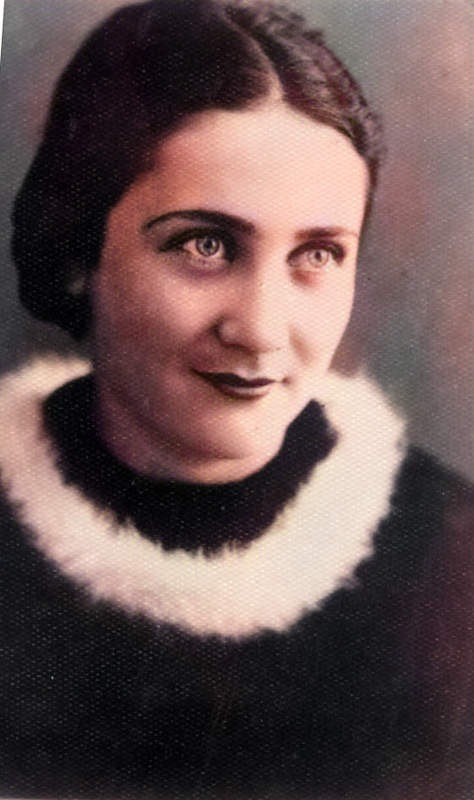

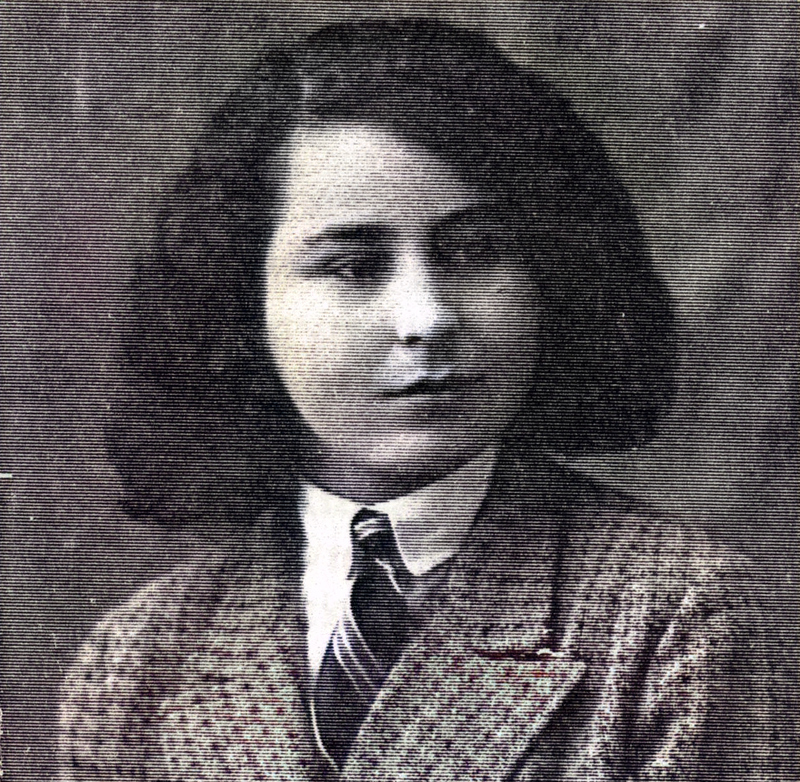
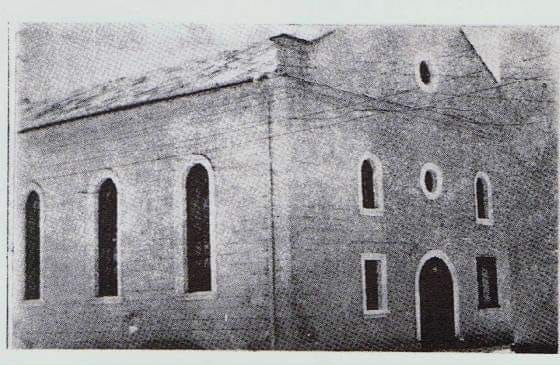
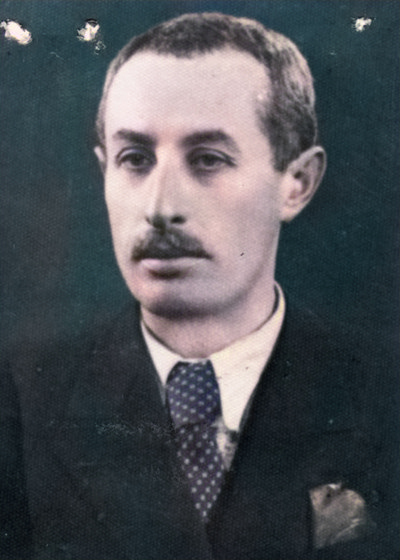
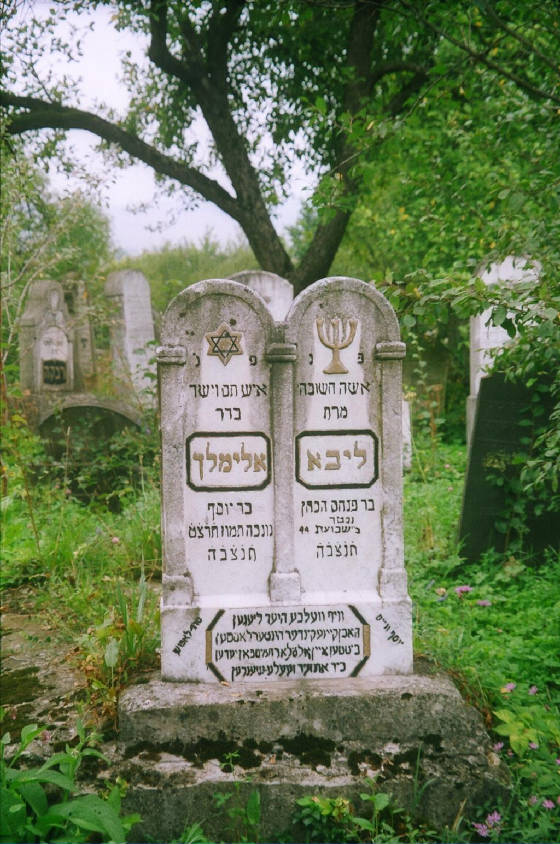
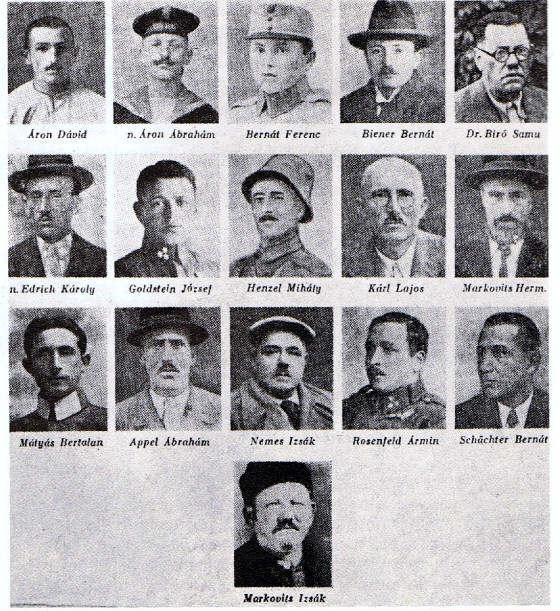
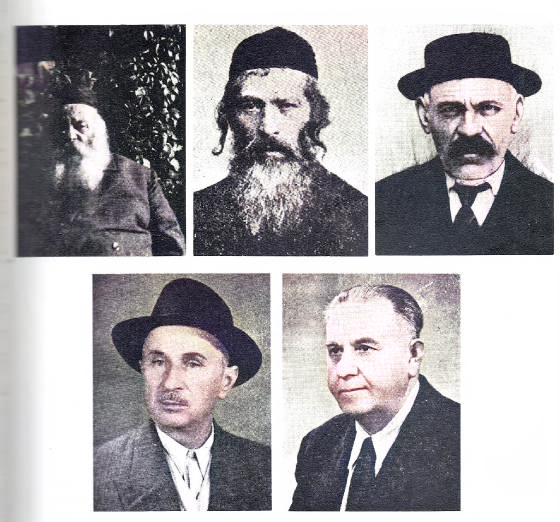
📷 Marios Solomon – YadVashem

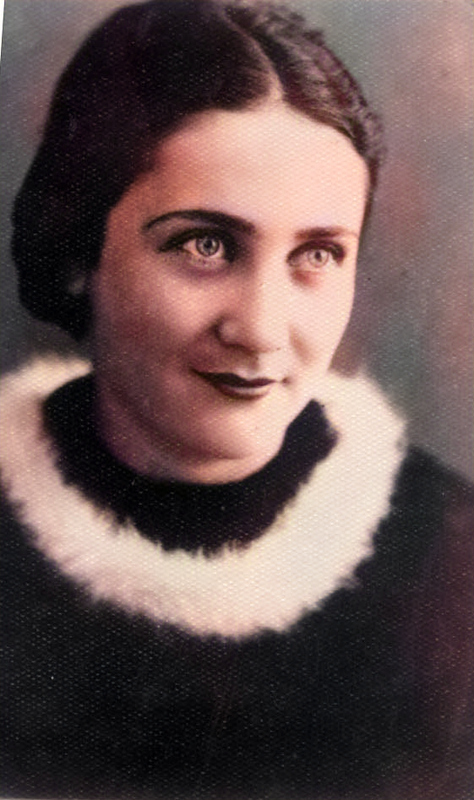
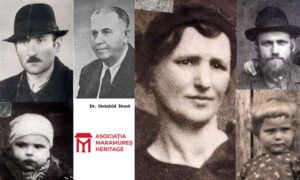


Comment (1)
Știri din Maramureș 23 februarie 2022 - cotosra.ro
[…] COMUNITATEA EVREIASCĂ DIN TÂRGU LĂPUȘ […]